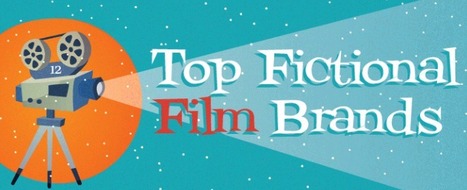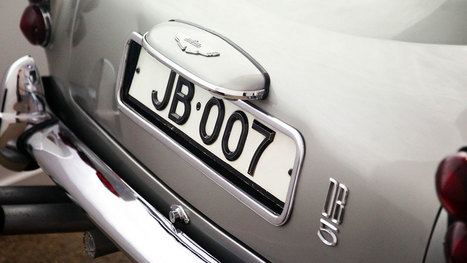Shared universes. They're so hot right now. Long before the deep bench of Marvel superheroes started jumping into each other's movies, however, there was something else that united the far-flung worlds of many different movies and shows: fake brands.
Call it product displacement. When the producers of a movie or TV show prefer not to shell out money to get a real brand onscreen, they opt for the unreal.
Marlboro-lookalike, Morley Cigarettes has been tarring the arteries of fictional characters for years, while the preferred chip of cinematic snackers is often Let's. It turns out, however, that many more movies and shows share the same fake brands than one might expect. British-based freelance hub fivesquid has just released an infographic about this phenomenon that shows which brands and products indirectly fueled some unlikely crossovers.
Some are obvious. Anyone who's seen a Quentin Tarantino movie, for instance, knows that Big Kahuna Burger is a thread throughout the self-contained Tarantino-verse. It should come as something of a reality-testing surprise, however, to see the same beer brand appear in both Star Trek and Brooklyn Nine-Nine. I mean, come on: The U.S.S. Enterprise would have its own microbrew, for sure. Weird that this is the first thing that's ever been unrealistic about Star Trek.
Have a look at the other fake brands in movies and shows in the infographic below....



 Your new post is loading...
Your new post is loading...









Here's the best of the fake TV brands you may remember. Fun!